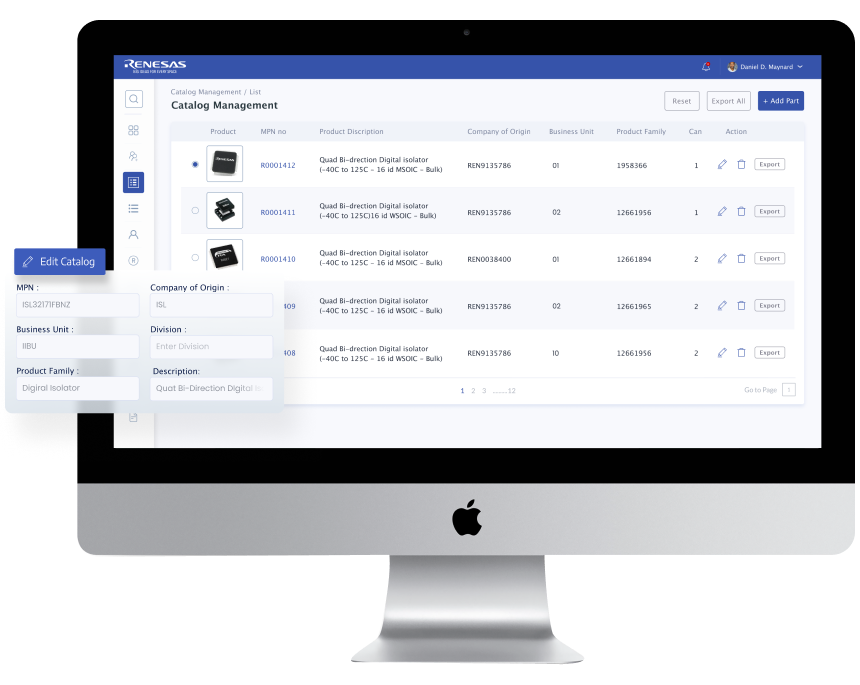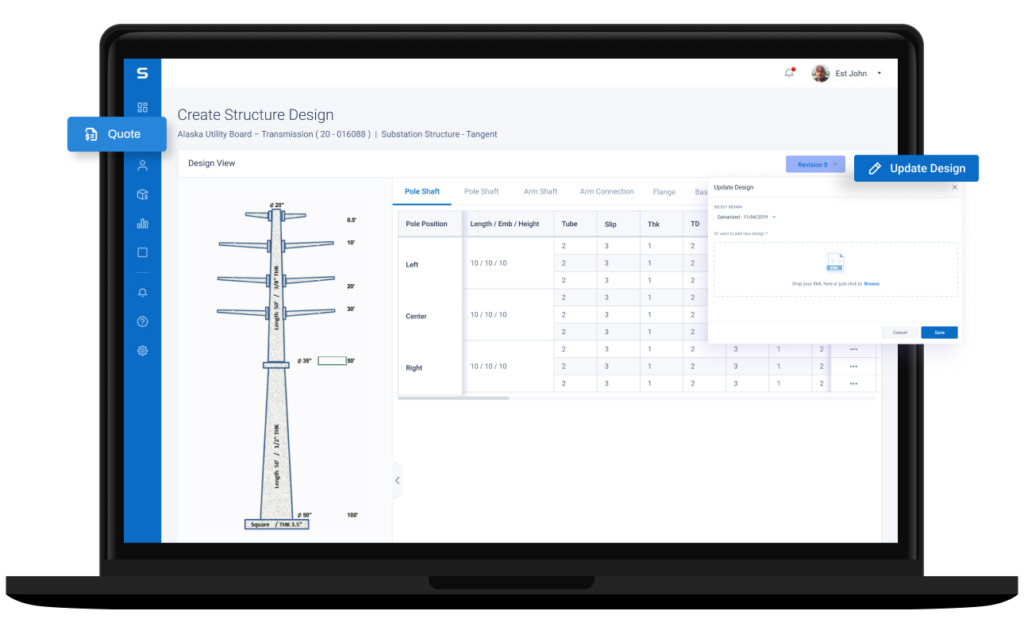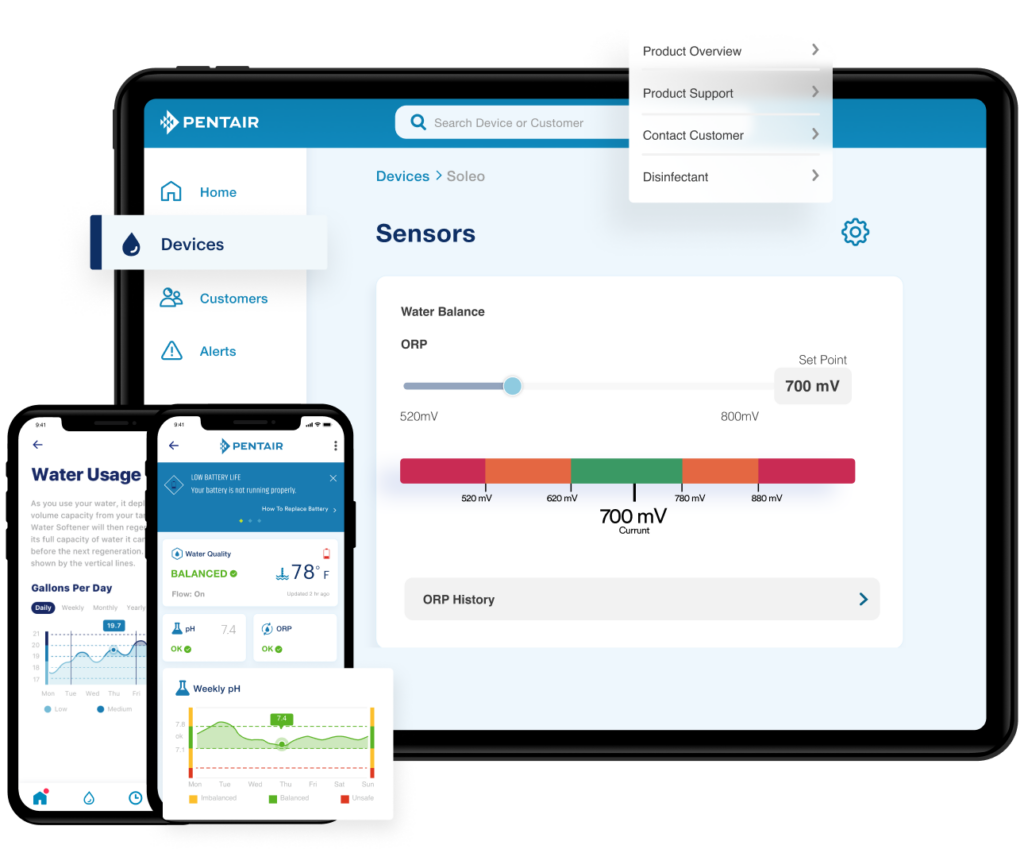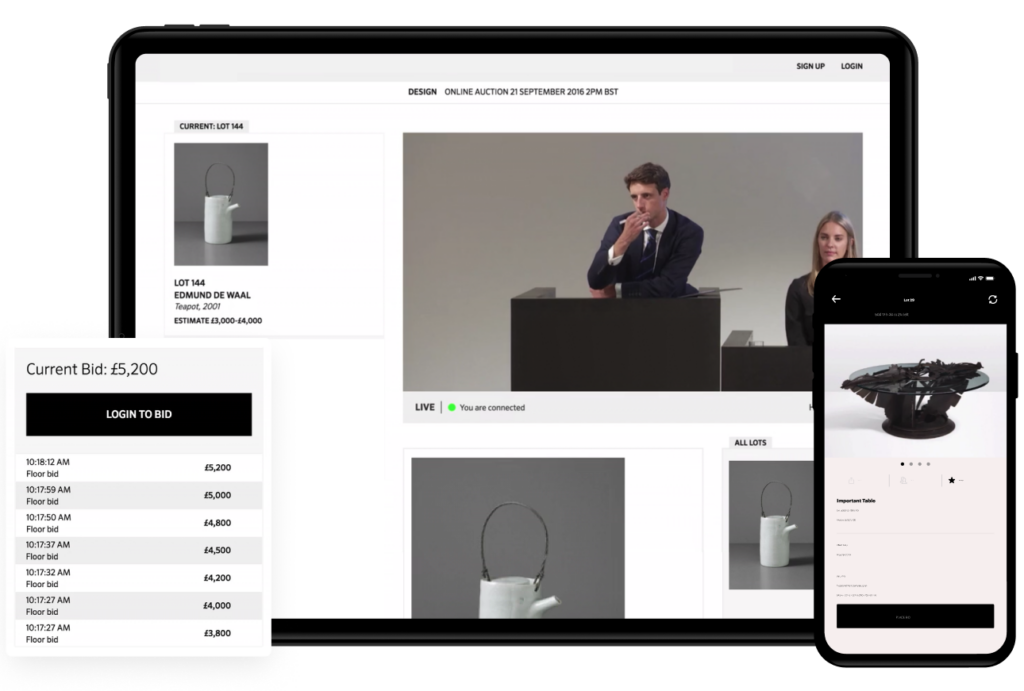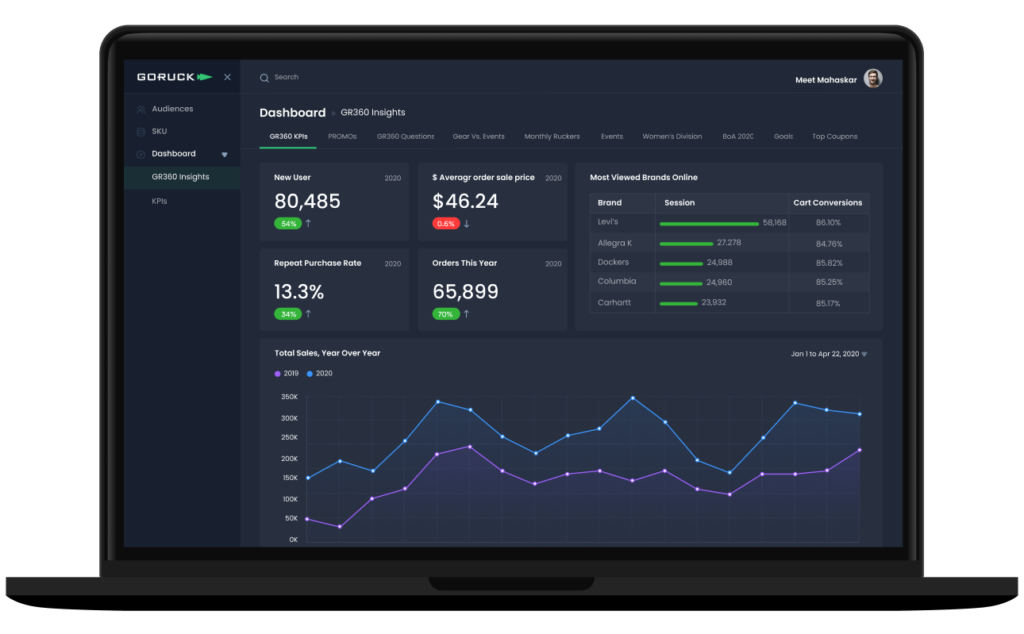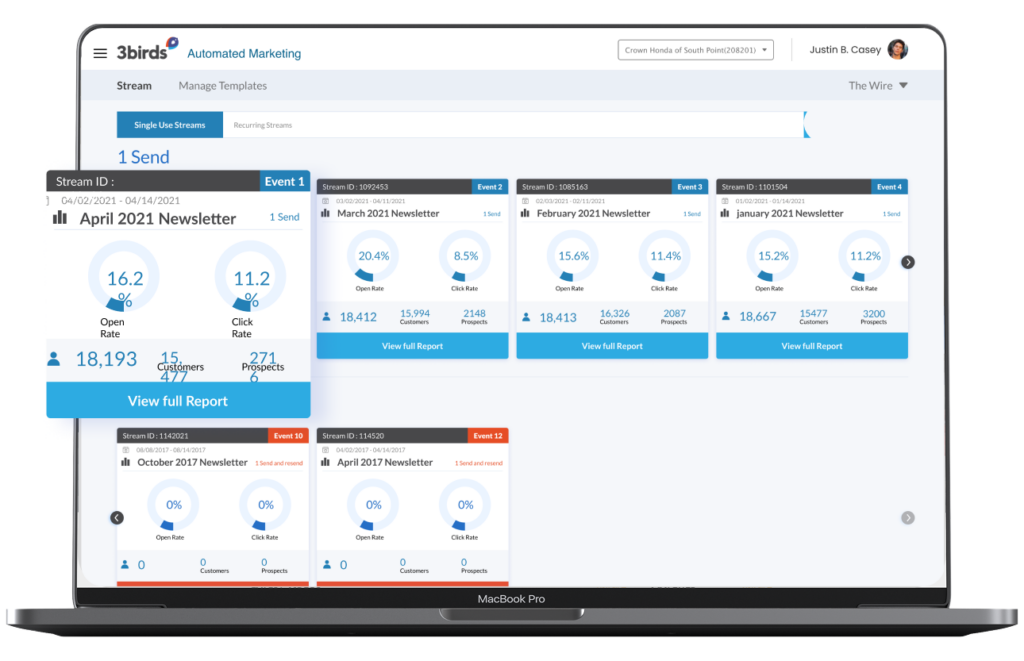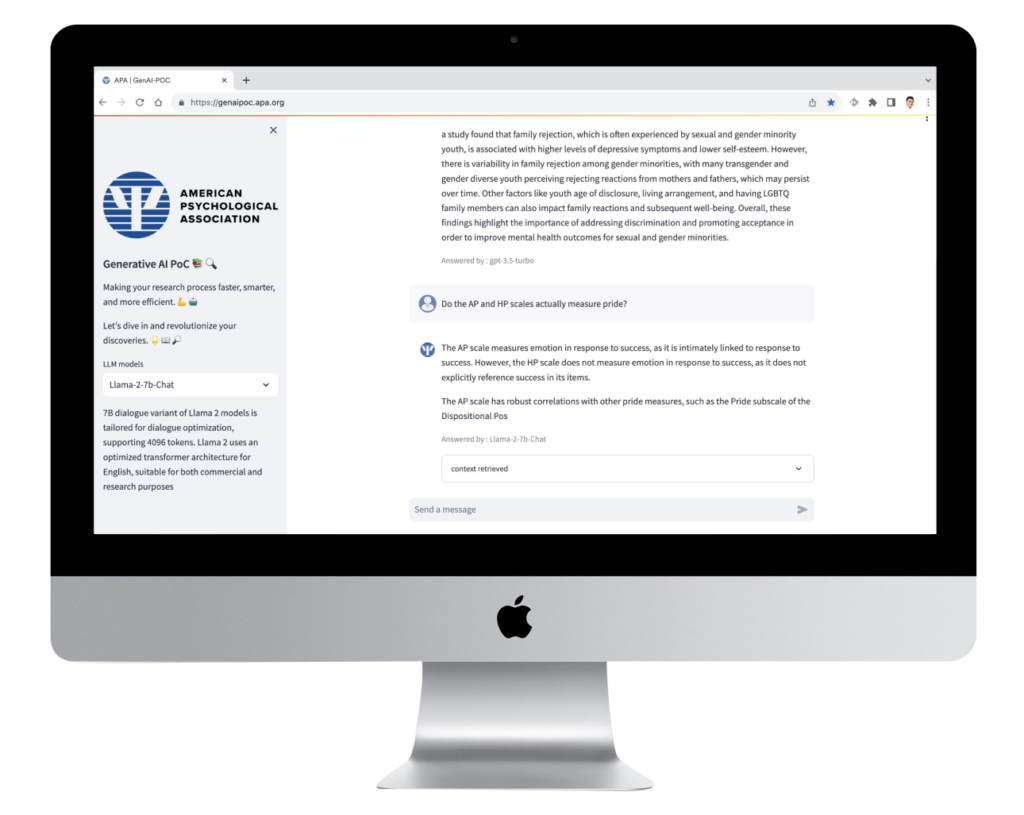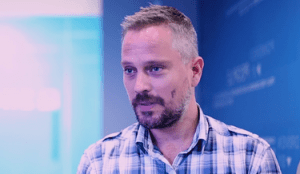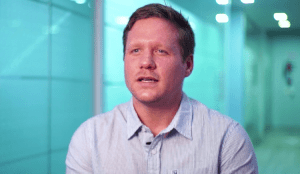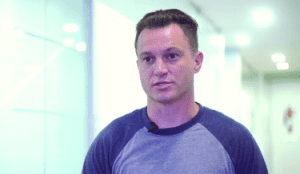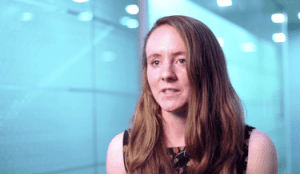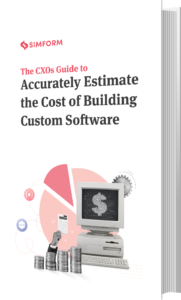Software product development services for startups and successful tech businesses
We partner with entrepreneurs and businesses to shape and validate their product ideas.
Get free consultation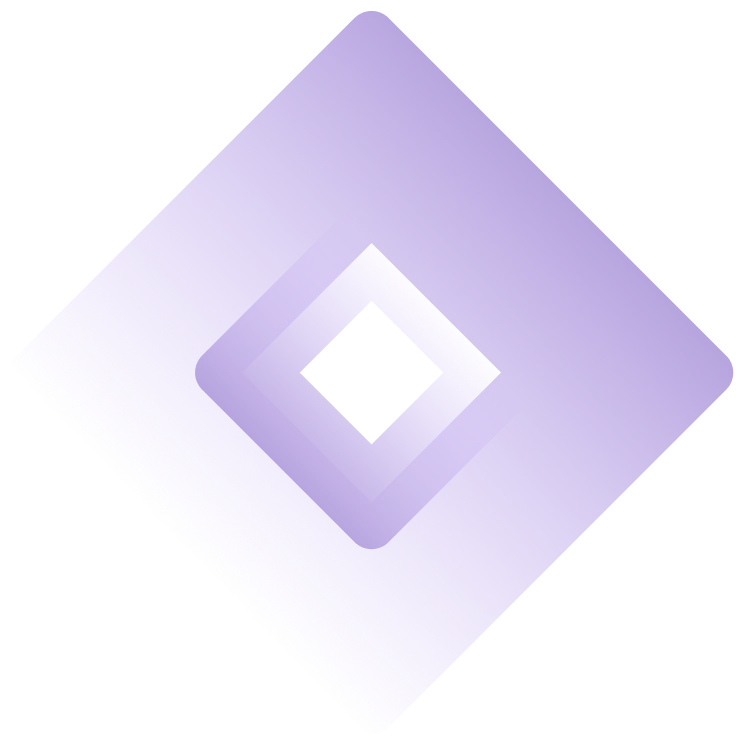
Digital product development services
Product Discovery & Design Services
Replace guesswork with product discovery and proven processes. We create a strategic canvas and work with you to understand user flows and jobs to be done.
UX Design & UI Development Services
Use data to understand what customers do and why they do it. Intuitive user flows are created that make users jobs easier. Our creative developers build interactions to bring the vision to life.
Rapid Prototype Building Services
We are obsessed with getting it right. We build prototypes from research insights and bring users into the process early to validate, iterate, and optimize towards your vision.
Apps Development Services
Bringing product designs to life is a challenge for many companies. We have a track record of architecting for scale and building products through the iterative development process.
Product Transformation & Re-engineering
Upgrade your product to richer UX or new architecture enabling SaaS delivery. We offer hassle-free product transformation services ensuring minimal impact on existing users.
Usability Testing Services
Learn more about your existing product or your competition’s with usability testing. Our team of expert researchers will help you plan, manage, and moderate tests.
Benefits of working with Simform
The right way to build products
Our services are tailored to meet the needs of each client. We applydigital product methodologies, including rapid prototyping, ongoing usability testing, and iterative development to bridge the gap between the digital experiences of users and their physical ones.
The result is an innovative user experience that offers consumers something relevant, useful, and on-brand—and is something that drives business goals. Designs, prototypes and working builds are continuously reviewed and refined.
Discovery Sprints
Competitive Analysis Sketches Mood Boards Existing Product Audit User Flows Low-Fi Prototypes Information Architecture
Product Design Sprints
Wireframes User Interface Designs Style Guide Hi-fi Prototypes Logo Design Product Requirements
Development Sprints
Continuous Builds Proof of Concepts Beta Builds Test Cases Automated Test Scripts Load Testing Launch Plans
Case Studies
Discover the many ways in which our clients have embraced the benefits of the Simform way of engineering.
Trusted by the World's Leading Companies

How we develop software products
1. Ideation
We seek to understand users’ problems. We leverage various techniques like user interviews, surveys, and even stakeholder interviews.
2. Design
Monolithic apps are broken into microservices. Decoupling the code allows teams to move faster and more independently.
3. Build
We design flexible and scalable designs keeping tech capacity in mind. Every interaction is empathetically designed keeping our end users in mind.
4. Measure and grow
Growth strategies are baked into the design, KPIs are set. We test, measure and feed learnings back into iteration cycles of product building.
Recognized by Microsoft to Accelerate your Engineering Vision
From Our Experts
FAQs
It’s a broad range, and probably not that useful because the software can mean anything from a calculator on your phone to a full enterprise billing system that supports millions of users. No two custom-built applications are the same.
Biggest Factors for Software Development Cost:
- Size of project and number of features
- Complexity
- Third-party integrations
- Design complexity
- Technology stack
- Developer’s skillset
- Velocity required
- Development Process
Typically application development only represents 35% of the total cost. The ongoing maintenance cost for medium-sized enterprise apps ranges from $3,000 to $11,000 per month.
We work on a range of technologies, frameworks, and programming languages for both server-side and front-end side.
Backend – Node.js, .Net Core, asp.Net (C#), PHP, Python, Java, Ruby On Rails, Go
Frontend – JavaScript, TypeScript, Angular, React, Vue, iOS, Android, Electron, Unity, WPF, React Native, Flutter, Xamarin
Databases – PostgresQL, SQL Server, MySQL, Oracle, Firebase, Firestore, MongoDB, DynamoDB, Couchbase, Cassandra, Hbase, Redis, ElasticSearch, RethinkDB, Cosmos DB, Neptune, Hadoop, Hortonworks, MAPR, Cloudera, etc.
CMS – Liferay, Sitecore, Magento, Shopify, WordPress, Moodle, Umbraco, Canvas, Adapt, Docebo, Litmos, Successfactors, Totara, etc.
Cloud & Integrations – Salesforce, Sharepoint, Amazon AWS, Microsoft Azure, Google Cloud, Kubernetes, Docker, Mulesoft, Pivotal, Algolia, Apigee, Splunk, Talend, Nexmo, Twilio, Alfresco, Stripe etc.
Testing – Selenium, Saucelabs, Appium, Mocha, Katalon, SoapUI, Gatling, JMeter, Hoverfly
DevOps – Jenkins, CircleCI, TravisCI, Codeship, Gradle
- Test Cases Driven User Stories for Clear Requirements
- Intense Sprint Planning
- Iterative Delivery
- Documentation
- Constant Communication and Retrospective
- Code review
- Integrating QA in the development process
- CI-CD and Automating Deployment
- Post-release
It’s important to circle back and review how the process went once you’re done, be it a success or failure.
We picture your project as a set of different modules, each module can vary in complexity and requirements. Therefore each module can have a proper architecture that best suits it. Despite that, we have to think about architecture as living beings, so they will adapt and change during the project.
Choose a design for the whole system upfront usually is not the best idea. We would recommend you to picture your system as this set of modules and start to choose a design that best addresses each module needs, always favoring simplicity.
Let’s talk
 Hiren Dhaduk
Hiren Dhaduk
Creating a tech product roadmap and building scalable apps for your organization.
